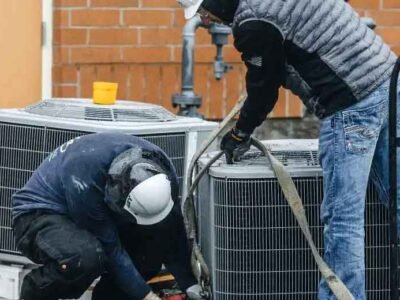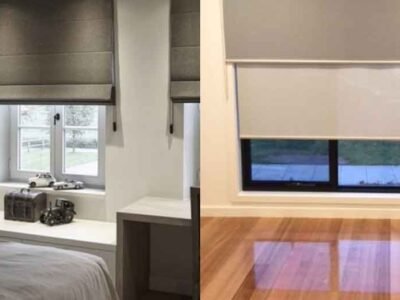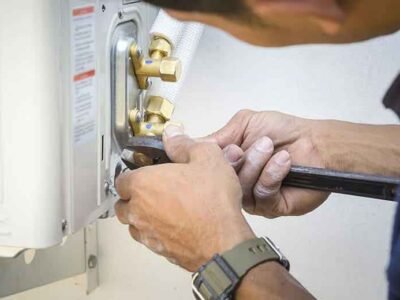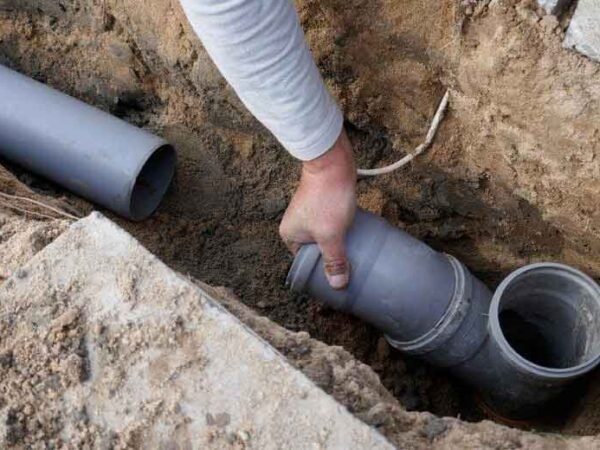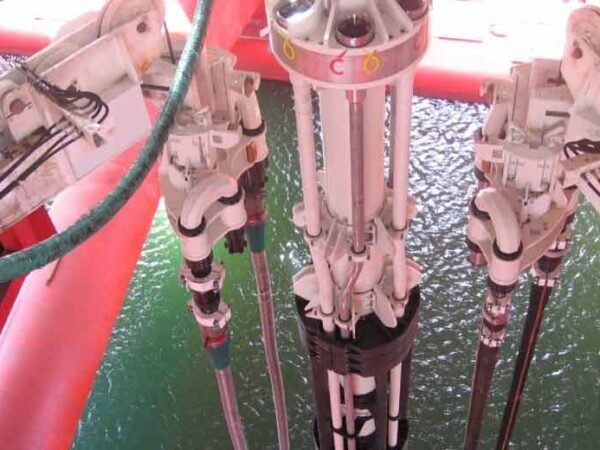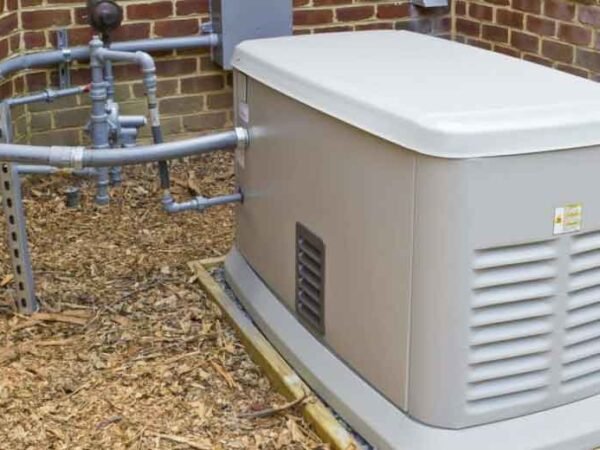There’s nothing more frustrating than stepping into the shower expecting a refreshing blast of water—only to be met with a weak, dribbling stream. Low water pressure in your shower can make even a quick rinse feel like a chore. Fortunately, this common problem usually has a straightforward solution. Whether it’s caused by mineral buildup, a faulty showerhead, or an underlying plumbing issue, understanding what’s behind your low water pressure is the first step to fixing it.
In this article, we’ll walk you through the most common causes of low shower pressure, along with practical shower installation and maintenance tips to help you restore a strong, consistent flow.
1. Check for Simple Issues First
Before calling in a professional shower installation, start with the basics. Sometimes, the issue isn’t as complicated as it seems.
- Ensure the main water valve is fully open.
If your home’s main water valve isn’t completely open—perhaps after recent plumbing maintenance—it can restrict flow to your entire home, including the shower. Find the valve (usually near your water meter or main supply line) and make sure it’s fully turned on. - Confirm other fixtures have normal pressure.
Run the taps in your kitchen or bathroom sink. If those have strong water flow, the issue likely lies within the shower system itself.
2. Clean or Replace the Showerhead
One of the most common culprits for weak water pressure is mineral buildup inside the showerhead. Over time, calcium and limescale can clog the small holes where water comes out, reducing flow.
How to clean your showerhead:
- Unscrew the showerhead from the pipe.
- Fill a bowl or plastic bag with equal parts white vinegar and water.
- Submerge the showerhead in the mixture for several hours (or overnight).
- Rinse thoroughly and scrub away any remaining deposits with a toothbrush.
- Reattach and test the water pressure.
If cleaning doesn’t improve the pressure, it might be time to replace the showerhead. Consider switching to a high-pressure showerhead, designed to optimize flow even in homes with low water pressure.
3. Inspect the Shower Hose (for Handheld Models)
If you have a handheld shower, a kinked or clogged hose can also restrict water flow. Disconnect the hose and check for twists, bends, or blockages inside. Replacing an old or damaged hose is an easy and inexpensive fix that can instantly improve water pressure.
4. Remove or Modify the Flow Restrictor
Modern showerheads often come with built-in flow restrictors to conserve water. While these devices help reduce consumption, they can also cause weak water flow—especially in areas where water pressure is already low.
To check for this:
- Remove the showerhead and locate the small plastic disk inside (the flow restrictor).
- If you live in an area with low pressure, you can carefully remove it or replace it with a lower-resistance version.
- Reinstall the showerhead and test the flow.
(Note: Removing a restrictor may increase water usage, so weigh the pros and cons before making the change.)
5. Check for Leaks in the Plumbing
A hidden leak in your plumbing system can divert water away from your shower, leading to poor pressure. Look for these signs:
- Wet spots or mold on walls or ceilings.
- Unexpectedly high water bills.
- Constant dripping or hissing sounds near the pipes.
If you suspect a leak, it’s best to call a licensed plumber immediately. Not only will they locate and repair the leak, but they’ll also ensure there’s no underlying damage to your walls or flooring.
6. Inspect Your Shower Valve or Cartridge
Inside your shower handle is a mixing valve or cartridge that regulates the blend of hot and cold water. Over time, mineral buildup or wear can cause it to malfunction, restricting water flow.
If cleaning the showerhead didn’t solve the issue, the valve could be the next suspect. While you can attempt to replace it yourself if you’re handy, most homeowners prefer to have a professional plumber handle this repair to avoid damaging the fixture or plumbing behind the wall.
7. Check Your Hot Water Heater
If the pressure issue only happens when using hot water, your water heater might be to blame. Sediment buildup inside the tank can obstruct flow, particularly in older units. Regularly flushing your water heater (typically once or twice a year) helps maintain both pressure and efficiency.
For tankless water heaters, mineral deposits can also clog internal components. A professional descaling treatment often restores proper flow.
8. Consider a Pressure Booster or Plumbing Upgrade
If all else fails and your home consistently suffers from low water pressure, the issue may be with the municipal water supply or aging plumbing. In this case, a pressure booster pump can help increase flow throughout your home.
Additionally, if your home still uses galvanized steel pipes, they may have corroded internally, reducing water flow. Upgrading to modern materials like copper or PEX piping can significantly improve pressure and water quality.
9. Preventing Future Low Pressure Problems
Once you’ve fixed the issue, a little maintenance can go a long way toward preventing it from coming back.
- Clean your showerhead every few months.
- Flush your water heater regularly.
- Schedule annual plumbing inspections.
- Use a water softener if you live in a hard-water area to minimize mineral buildup.
Read the article: Cleaning Guide for Taylor Frozen Dessert Machines
Final Thoughts
Low water pressure in your shower can make daily routines frustrating, but it’s not something you have to live with. By methodically checking for simple causes—like clogged showerheads, leaks, or faulty valves—you can often solve the problem without major repairs.
And if the issue runs deeper, calling a professional plumber ensures the job gets done safely and efficiently. Restoring that strong, satisfying shower pressure is well worth the effort—and it makes every morning start a little better.


